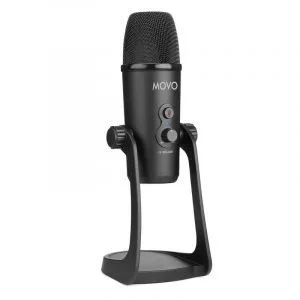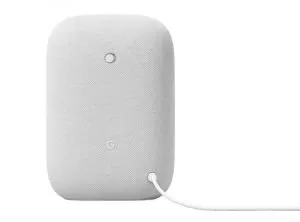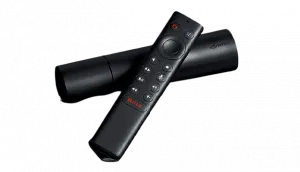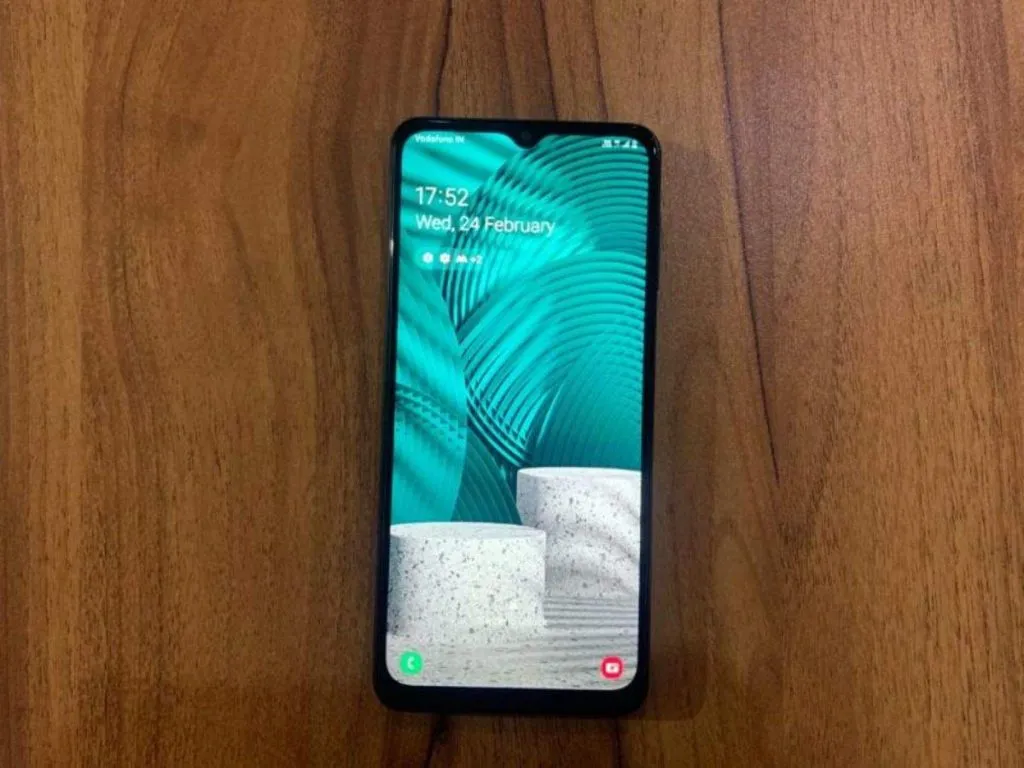
Samsung’s Galaxy M02 is the lowest-cost phone it offers, not the Galaxy A12. While Samsung’s lower-tier nomenclature is inconsistent and difficult to decipher between the A and M series, the A12 is nestled just beneath the M12 and above the M02s.
You may or may not be able to get your hands on the cheapest Samsung model in your area because not all of these models are accessible worldwide.
The 6.5-inch display on the Galaxy A12 makes it obvious that the company was forced to cut corners. 720p resolution is on the low end of typical for the diagonal, and it’s one of only a few LCDs in the OLED-dominated Galaxy line-up.
What You Should Know about Galaxy A12
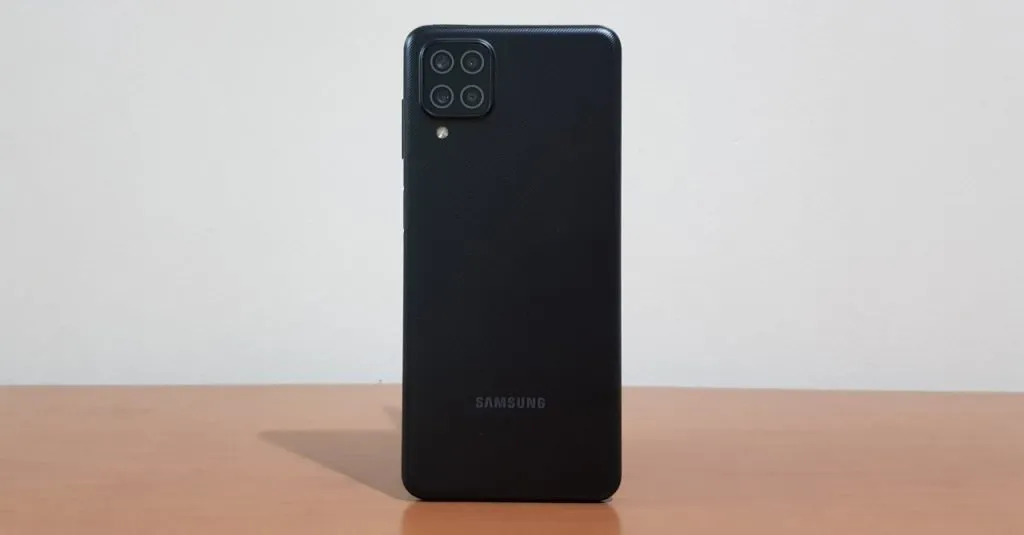
The Galaxy A12’s MediaTek Helios MT6765 SoC usage sets it apart from other Samsung devices we’ve tested. From the most costly to the most affordable, most of Samsung’s smartphones have relied on Snapdragon or Exynos CPUs in the past.
Even yet, it appears to be a good idea on paper. Four cores are running at 2.3GHz, while the other four clock in at 1.6GHz.
Specifications
- Body: 164.0×75.8×8.9mm
- Display: 6.50″ PLS IPS, 720x1600px resolution
- OS/Software: Android 10, OneUI 2.5.
- Battery: 5000mAh.
- Front Camera: 8 MP, f/2.2.
- Price: check current price on Amazon.
Competition and Pricing
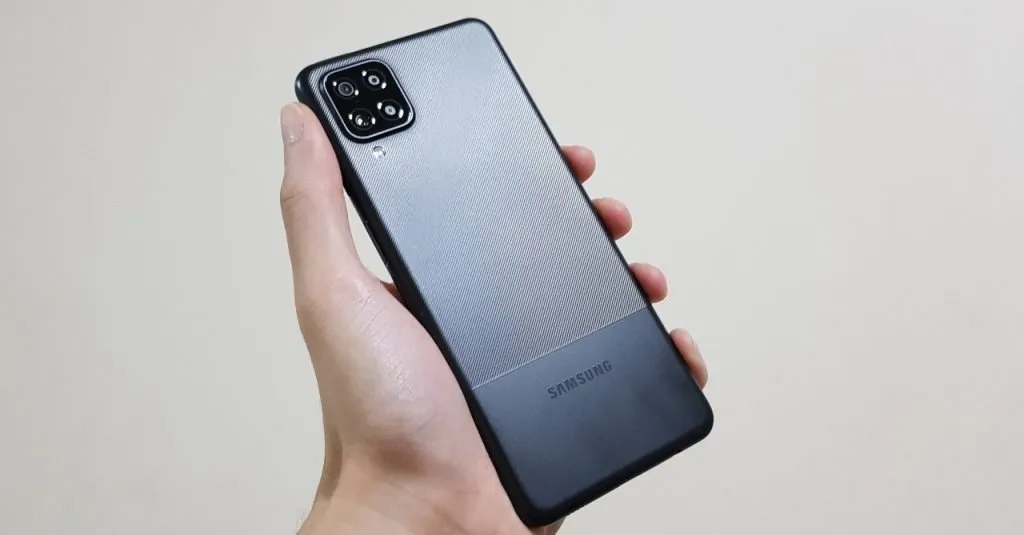
While the pricing of £169 isn’t out of line with the rest of the sub-£200 phone market these days, it is worth noting that the sub-£200 price range has been contested in recent years.
A recent example of a powerful smartphone is the Moto G9 Power, which has an impressive battery life of just under 27 hours in our video rundown test on a single charge. It was priced at $180. The Nokia 5.3, which has a quad camera and a surprising speed for its $149 price tag, is another option.
Design
At first sight, the Galaxy A12 is not a Samsung flagship, but there are a few telltale clues that it is. While the bezels around the screen are only a few millimeters thick, the screen itself is nearly double the size of the rest of the phone’s front.
Even if you don’t like it, it’s no worse than any other alternative until in-screen camera technology comes to fruition, which is still a long time away.
Display
PLS displays (essentially Samsung’s IPS-like panels) have a pixel density of about 264 pixels per inch, making the Galaxy A12’s display rather sharp. Even if this isn’t as crisp as a Full HD experience, it’s still completely usable in day-to-day situations.
It was confirmed to be a good panel with the colorimeter but nothing special. Regarding color fidelity, the sRGB color gamut coverage is just 88%, and the brightness of 439cd/m2 isn’t exactly eye-popping. A contrast ratio of 1,740:1 ensures that every detail is visible.
Performance
If the introduction’s mention of a MediaTek CPU made your heart sink, you were right to be wary. Since the Helio P35 isn’t the best MediaTek offers, we’ll stick with the Density 800U in the Redmi Note 9T.
Camera
I’ve been reviewing phone long enough to recall when Huawei put three lenses on the P20 Pro was considered excessive. There are now even low-cost phones that are participating in the trend. Except for the Moto G9 Power, all of the phones I’ve compared it to have four cameras on the back, save for the Samsung Galaxy A12.
Verdict
In the end, it’s impossible not to consider Samsung’s Galaxy A12 a failure. And while I hope the business expands the two-tone design to more phones, even for £169, it falls short of a worthwhile purchase. Samsung’s entry-level devices had previously been able to compete because of the exceptional work other manufacturers are doing on a budget.
If you want to compare this smartphone with others of a similar price range, please check here.

